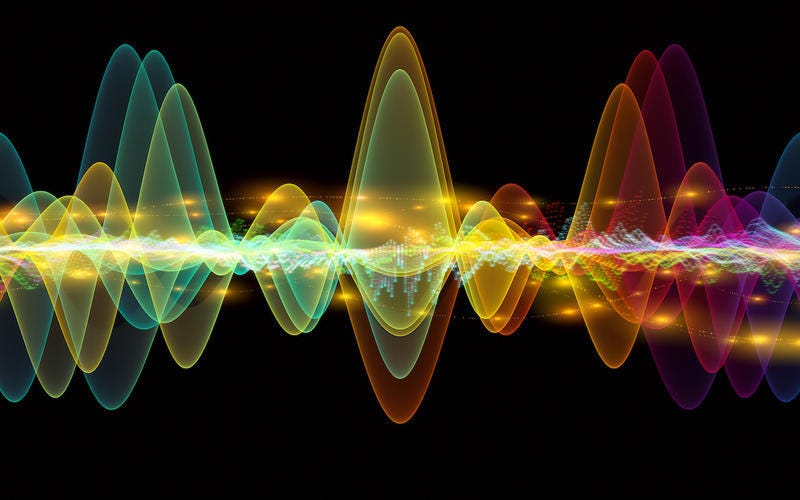Heisenberg's Uncertainty Principle
The Physical Content of Quantum Kinematics and Mechanics (1927)
In 1927, Werner Heisenberg set the stage for what would arguably become the most profound insight in all of science: the uncertainty principle. The idea is so basic to any interpretation of quantum mechanics that we’ve had to touch on it multiple times in our discussions around wave-particle duality and wave function collapse. It only became formally understood as a principle, however, after many of the initial discoveries of quantum theory had already been made.
In his paper, titled "On the Perceptible Content of Quantum Theoretical Kinematics and Mechanics," Heisenberg explores the limitations of measurement at the microscopic scale and establishes a fundamental shift in how physics is done.
One may at first be tempted to reject or present a counter explanation for the strange new reality that the uncertainty principle imposes. Many have tried. Yet, the evidence supporting it is nigh insurmountable. We should not view the uncertainty principle as a defect within nature; it only enhances nature, enabling a whole host of wondrous phenomena.
More than Measurement
Classical mechanics, developed by Enlightenment thinkers such as Isaac Newton and refined by subsequent great physicists, assumes that the exact position and momentum of a particle can be known simultaneously. In this framework, determinism reigns. Given initial conditions, one can predict the future state of a system with absolute certainty.
This rosy picture, however, collapses when we study subatomic particles. Heisenberg’s argument is deeply rooted in thought experiments which illustrate the unavoidable disturbances caused by measurement itself. His most famous examples is the gamma-ray microscope.
Suppose we attempt to determine the exact position of an electron by illuminating it with high-energy gamma-ray photons. These photons scatter off the electron and enter our microscope, giving us information about its position. But, the very act of scattering alters the momentum of the electron in an unpredictable way, leading to an unavoidable trade-off between position and momentum accuracy.


